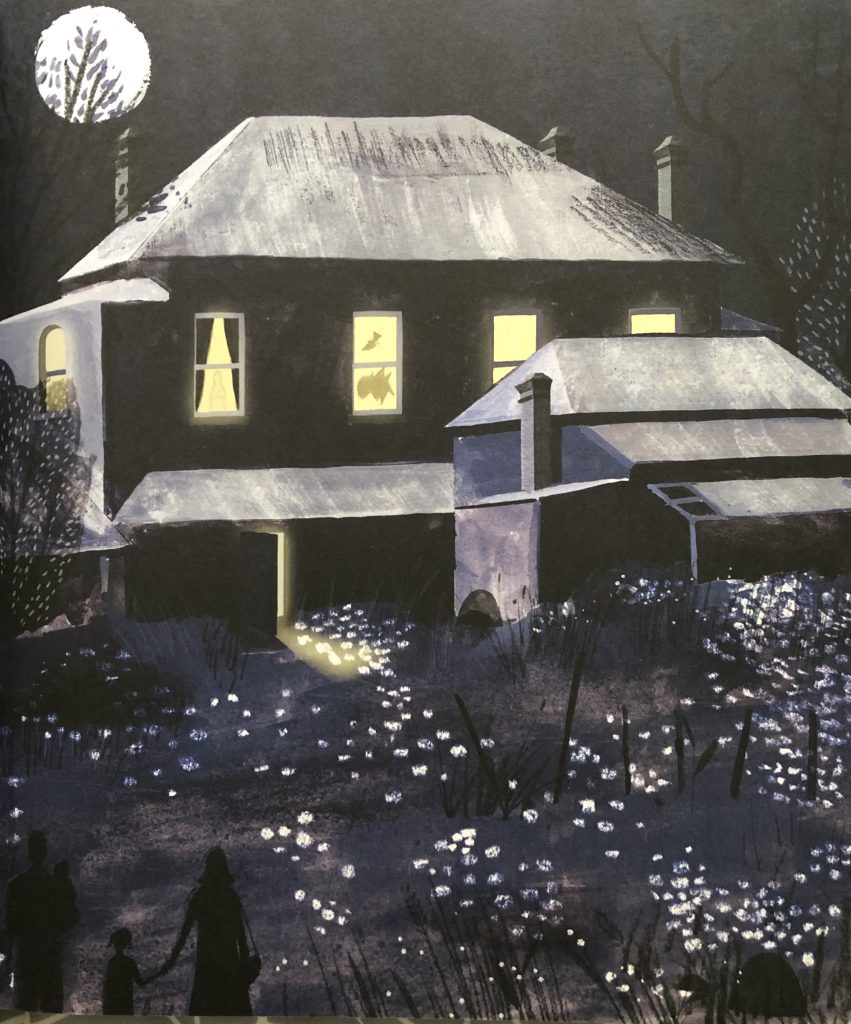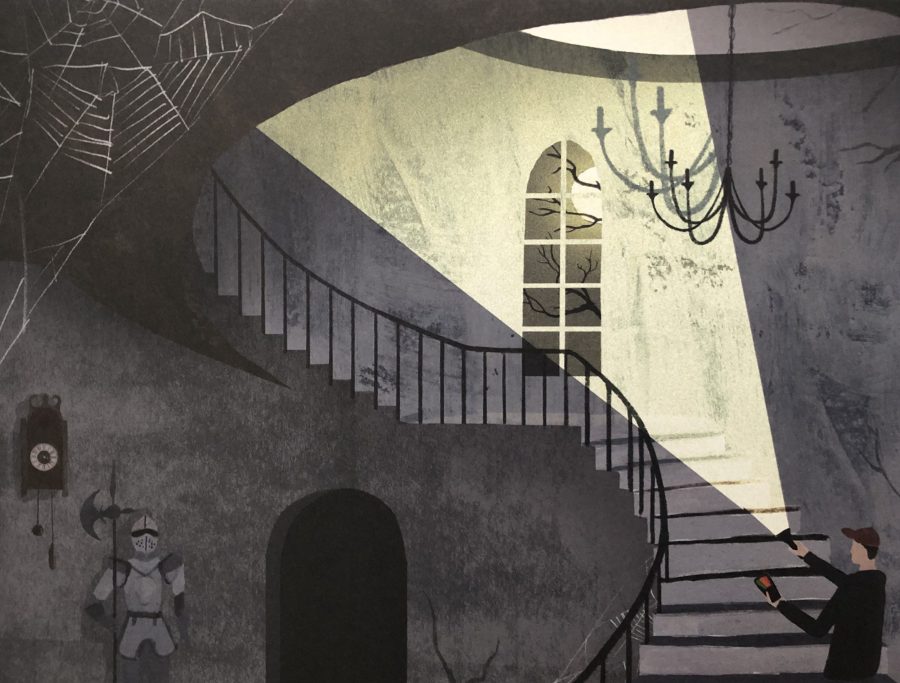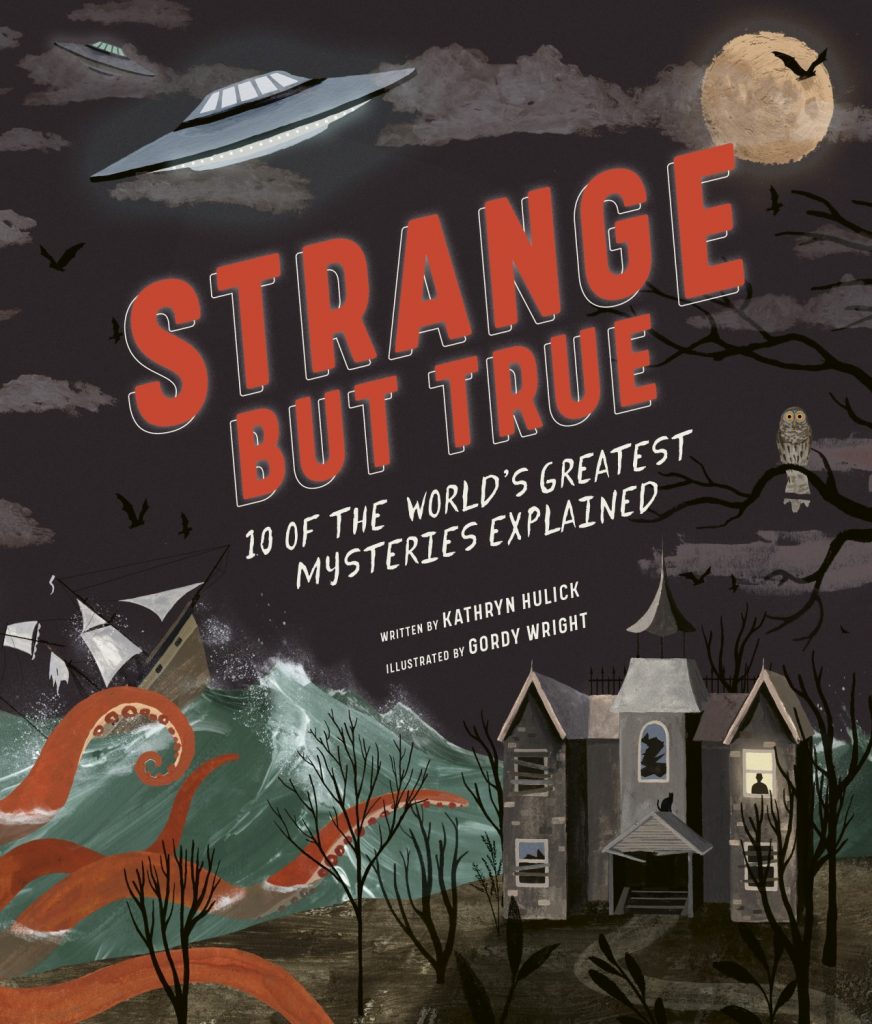
GUEST BLOGGER KATHRYN HULICK
Do you think ghosts are real? Have you ever seen one? Once, I woke up and saw something sitting on my dresser. It was a huge bird that seemed to be made of black smoke. The rest of my room looked totally normal. I couldn’t move and I couldn’t shout. Was it a ghost?
Lots of people have had spooky or creepy experiences like this one. But that doesn’t mean ghosts are real. In my case, I did some research and learned that I had experienced sleep paralysis. I had woken up while still dreaming. The ghost-like bird was an unusual type of nightmare.
In this activity, you’ll learn how to approach a weird experience like a scientist – how to be skeptical, ask questions, and plan an experiment.
If you enjoy this activity, you’ll also enjoy my book, STRANGE BUT TRUE: 10 of the world’s greatest mysteries explained (Quarto, 2019). The book tells 10 different mysterious stories — about ghosts, UFOs, sea monsters, zombies, and more — and then uses science and history to explain what happened.
Step 1: Share your ghost, UFO, zombie story
Tell a story about a time that you or a family member or friend encountered a ghost, UFO, bigfoot, or had a creepy, unusual, or tough-to-explain experience. If you can’t think of one from your life, you can use an incident that you read about or watched online or on TV.
Here’s an example:
When my son was two years old, he told me and my husband that he saw something out the window. He said it was a floating person wearing white, and that it flew away. He saw this floating person several more times out that same window. Was it a ghost?
Step 2: Ask 5 questions
To understand what happened, we need more information. Pretend you’re an investigator at the time and place of your story. What five questions would you ask to help you solve the case and figure out what happened?
Here are five questions I would ask about my son’s ghost in the window:
- Was a real person outside the window?
- Were there any birds outside?
- Was there anything around the window that might look like a ghost?
- What was the weather like when he saw the ghost?
- Was he making up a story about something from his imagination?

Step 3: Answer the questions
Of course, you can’t really go back in time to investigate your story. But do the best you can to answer the questions.
Here are my answers:
- Was a real person outside the window? No.
- Were there any birds outside? Maybe?
- Was there anything around the window that might look like a ghost? Yes, white curtains.
- What was the weather like when he saw the ghost? I don’t remember.
- Was he making up a story about something from his imagination? Maybe, but he said he really saw something.
Step 4: Choose an idea to investigate
Look through your questions and answers and come up with a possible explanation for what happened. This explanation has to be testable. If my idea is that my son saw a real ghost floating outside the window, I have no idea how to test that. (No matter what ghost hunting TV shows tell you, no one has found a way to detect the presence of a real ghost. Those fancy tools they use actually detect things like cold air and radio signals.)
Here is a testable idea: My son saw a reflection of the curtains, and thought it was a floating person.
Step 5: Plan an experiment
The last step is to come up with experiments that could test your idea. Again, imagine yourself in the time and place where the story happened. What could you do to check whether your idea could be true?
Here is one way to check my curtain idea:
- Remove the curtains. Does my son still see anything strange?
What did we learn?
Unless you have a time machine, you can’t actually run your experiment. If you could, you might learn the real explanation for your creepy story. But you might not. It’s possible that the results of your experiment won’t support your idea. Here’s something super important to remember: if you get stumped and can’t come up with a reasonable explanation, that does not make ghosts any more likely to exist! If you can’t find enough evidence to explain something, then it may stay unexplained. And that’s okay. Even scientists don’t have all the answers. The important part is staying curious and asking questions!
You can also watch the video version of this lesson and download a PDF file of this activity.

Kathryn Hulick is author of the book STRANGE BUT TRUE: 10 of the world’s greatest mysteries explained (Quarto, 2019). She writes regularly for Science News for Students and Muse magazine. She has also published numerous educational nonfiction books on topics such as video games, artificial intelligence, energy technology and dinosaurs. Hulick’s favorite part of writing about science is getting to speak with researchers in many different fields. Once, she spoke with an expert on parallel universes while he was shoveling snow from his driveway. Another time, she called a biologist who was out in the field in Africa, watching a herd of elephants. In addition to writing, she enjoys hiking, gardening, painting and reading. Hulick lives in Massachusetts with her husband, son and dog. You can reach her at http://kathrynhulick.com/ or on Twitter @khulick and Instagram @kathryn_hulick
Featured image credit: Gordy Wright









Leave a Reply
Your email is safe with me.